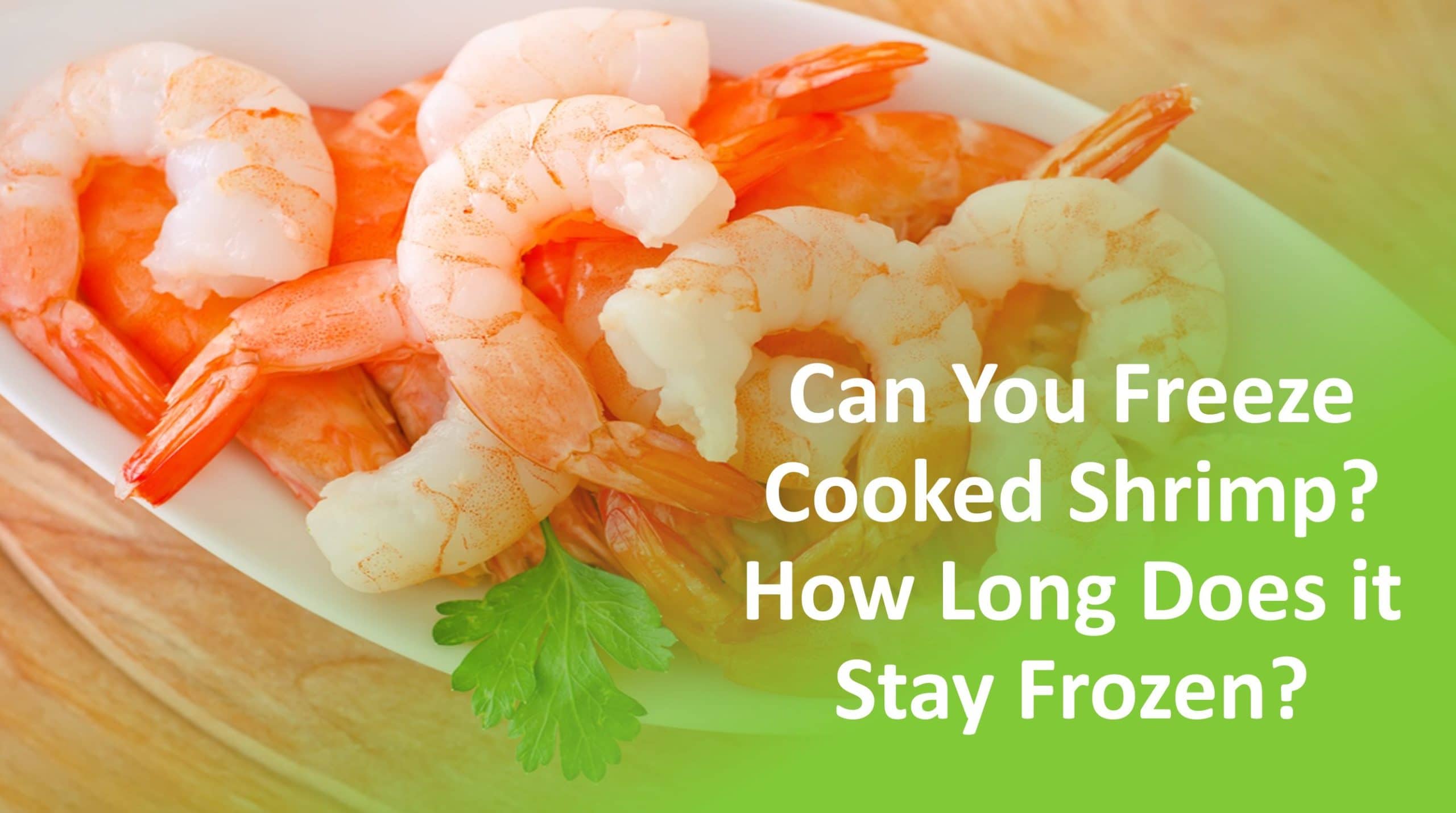Hey there! I’m Sarah from KitchenTips, and today I’m gonna share everything you need to know about freezing those yummy leftover cooked shrimp. We’ve all been there – cooking way too much shrimp and wondering what to do with the extras. Don’t worry, I got you covered!
Quick Answer
Yes, you can totally freeze leftover cooked shrimp! When stored properly, they’ll stay good for 3-4 months. The key is cooling them completely, removing any sauces, pat drying, and using airtight containers or freezer bags. Let me show you exactly how to do it right!
Why Should You Freeze Leftover Cooked Shrimp?
- Saves money by preventing food waste
- Great for meal prep
- Quick protein option for future meals
- Preserves that fresh shrimp taste
- Perfect for last-minute recipes
Step-by-Step Guide to Freezing Cooked Shrimp
1. Cool Those Shrimp Down
First things first ya gotta let those shrimp cool down to room temp. Here’s why
- Prevents nasty bacteria growth
- Keeps the texture nice and firm
- Reduces chance of freezer burn
Pro tip: Spread them out on a baking sheet or pop them in an ice bath to speed up cooling.
2. Clean ‘Em Up
Before freezing:
- Remove any seasonings or sauces
- Give them a quick rinse if needed
- Pat dry thoroughly with paper towels
3. Proper Packaging
Here’s what I recommend:
- Airtight containers
- Heavy-duty freezer bags
- Vacuum sealer bags (if you’re fancy!)
My personal trick Double bag those suckers to prevent freezer burn!
4. Storage Method Options
Flash Freeze Method
- Line a baking sheet with parchment
- Arrange shrimp in single layer
- Freeze for 1-2 hours
- Transfer to storage containers
Direct Container Method
- Place shrimp in container/bag
- Remove as much air as possible
- Seal tight
- Label with date
Best Storage Practices
Temperature Tips
Keep your frozen shrimp at 0°F (-18°C) or below. I always stick them in the back of the freezer where it’s coldest.
Storage Duration
- Best quality: 3-4 months
- Maximum storage: 6-8 months
- But honestly, I try to use mine within 2 months for the best taste
Thawing Methods
Recommended Method: Refrigerator
- Place frozen shrimp in fridge overnight
- Takes about 8-12 hours
- Safest method for food safety
Quick Method: Cold Water
- Place sealed bag in cold water
- Change water every 30 mins
- Takes about 15-30 minutes
- Use immediately
❌ Never thaw at room temperature or use hot water!
Ways to Use Thawed Shrimp
Got your thawed shrimp ready? Here’s what I love to make
- Shrimp cocktail
- Quick stir-fries
- Pasta dishes
- Cold shrimp salads
- Tacos
- Rice bowls
Common Questions I Get Asked
Can I refreeze thawed shrimp?
Nope! Once thawed, ya gotta use ’em or lose ’em.
How do I know if frozen shrimp went bad?
Look out for:
- Funky smells
- Slimy texture
- Discoloration
- Ice crystals inside package
Can I freeze cooked shrimp with sauce?
You can, but I wouldn’t recommend it. Sauces can mess with the texture when frozen.
Safety Tips
- Always wash hands before handling
- Use clean containers
- Label everything with dates
- Keep freezer at constant temperature
- Don’t leave thawed shrimp out at room temp
Final Thoughts
Freezing leftover cooked shrimp is super easy when ya do it right! Just remember to cool completely, package properly, and use within a few months. Trust me, your future self will thank you when you’ve got ready-to-use shrimp for a quick dinner!
Got any other questions about freezing shrimp? Drop ’em in the comments below! I’d love to help ya out.
Happy freezing!

Is it recommended to blanch vegetables before freezing?
Yes. Blanching slows or stops the action of enzymes which cause loss of flavor, color and texture. Blanching cleanses the surface of dirt and organisms, brightens the color and helps retard loss of vitamins. Blanching also wilts or softens vegetables and makes them easier to pack.
How can I become a Master Food Preserver?
“Master” volunteer programs that are connected to the Cooperative Extension System, such as Master Food Preservers and Master Gardeners, are currently state- or county-managed programs affiliated with the land grant universities and the Cooperative Extension Service in the state. In exchange for extensive education, the master volunteer returns contributions to the local Extension office, such as answering phone calls, developing and hosting exhibits, judging at competitions, etc. There are liabilities involved in someone conducting even volunteer work in the name of a state university; therefore, the guidelines and management procedures will vary among states. At this time, the National Center is not in a position to help individuals meet state guidelines for credentials and the title of Master Food Preserver.
If you would like to find out if your state offers this opportunity to become a Master Food Preserver, contact your local Extension Office (usually listed in local government pages of the phone book under Cooperative Extension Service, Ag Extension Office and/or 4-H Office). You could also contact someone at the state university to either ask your questions or let them know of your interest. These contacts can be found on a website managed by USDA: https://nifa.usda.gov/nutrition-and-food-safety-directory
Most states do not sell their Master Food Preserver curricula or notebooks to the general public. If someone wants information on preserving, they have other publications available with the actual recommendations and procedures. This website from the National Center is full of “How To” information for various types of food preservation. We will eventually have tutorials and a correspondence type course on line for self-study.
